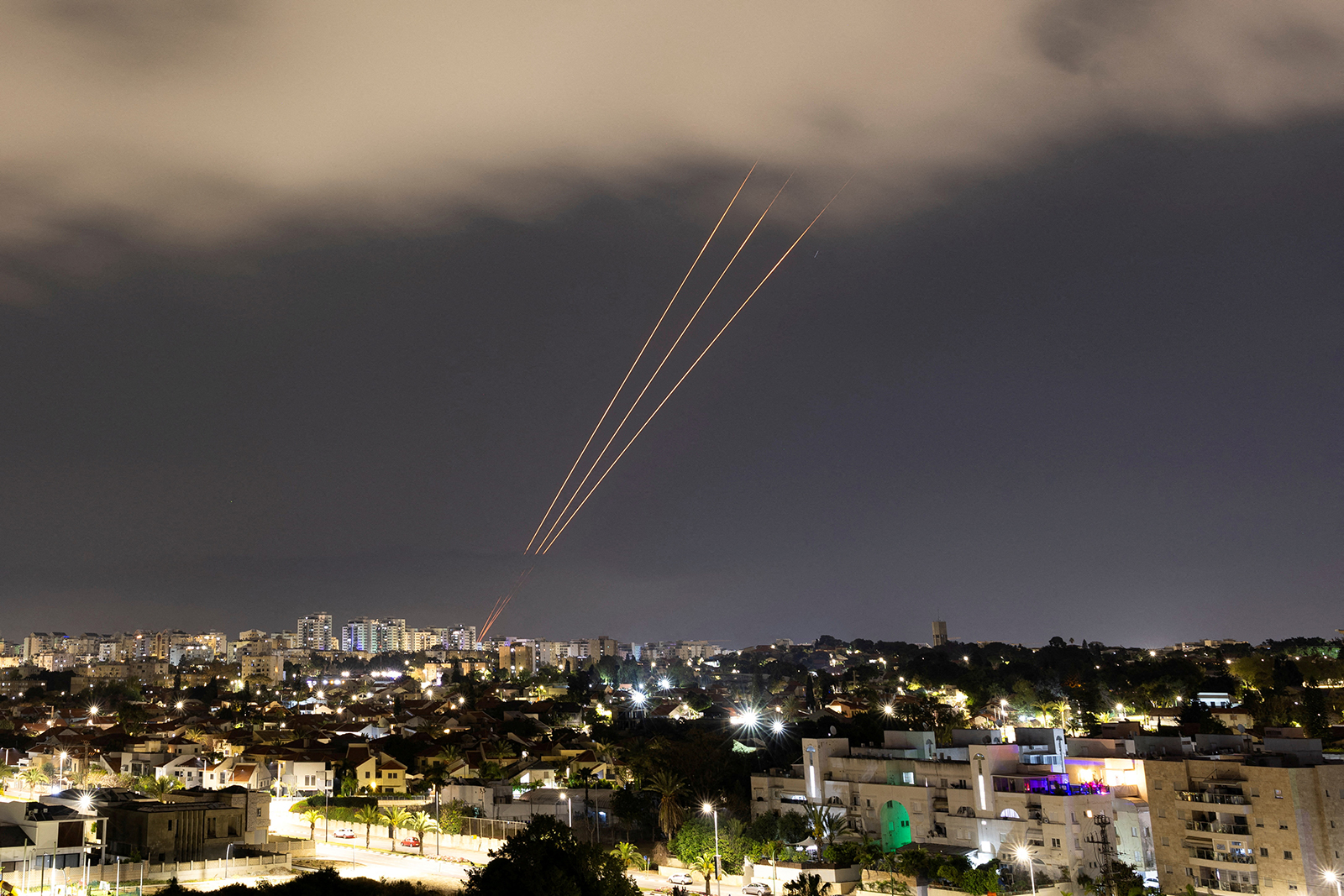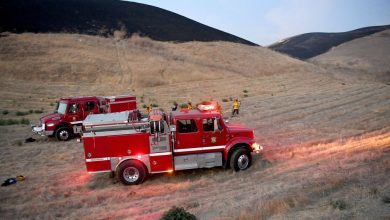Iranian President Ebrahim Raisi in helicopter crash in East Azerbaijan province; Hamas expresses its concern


The crash of a helicopter carrying Iran’s president and foreign minister comes at a particularly difficult time in the Middle East – and for Iran domestically.
Israel’s war against Hamas and the subsequent humanitarian catastrophe in Gaza over the past seven months have inflamed world opinion and raised tensions across the Middle East.
It also exposed a decades-long shadow war between Iran and Israel.
Last month, Iran launched an unprecedented drone and missile attack on Israel – its first-ever direct attack on the country – in response to an apparently deadly Israeli airstrike on the Iranian consulate in Damascus that killed a senior commander of the Iranian Revolutionary Guards (IRGC).
Israel retaliated a week later, according to U.S. officials, by striking targets outside the Iranian city of Isfahan with a much smaller, calibrated response.
Since then, direct trade between the two countries has ceased. But the proxy war continues with Iranian-backed militias, such as Hamas and Hezbollah, continuing to fight Israeli forces.
Meanwhile, Iran’s hard-line leaders have resisted a recent explosion of popular dissent in the country’s streets, where years of U.S.-led sanctions have hit hard.
The country has been rocked by youth-led protests against clerical rule and deteriorating economic conditions following the 2022 death of Mahsa Amini while in the custody of Iran’s notorious morality police.
Iranian authorities have since launched an escalating crackdown on dissent in response to the protests.
This repression has led to human rights violations, some of which amount to “crimes against humanity,” according to a United Nations report released in March.
And although the protests have largely subsided for now, opposition to religious leadership remains deep-seated among many Iranians, particularly young people, who yearn for reforms, jobs and a move away from a stifling religious regime.
A former head of the radical judiciary with his own brutal human rights record, Raisi was elected president in 2021 in a vote heavily engineered by the Islamic Republic’s political elite so that he would run virtually unchallenged.
When he is president, his powers are eclipsed by those of Supreme Leader Ali Khamenei, who is the final arbiter of the Islamic Republic’s domestic and foreign affairs.
Gn headline
News Source : www.cnn.com





